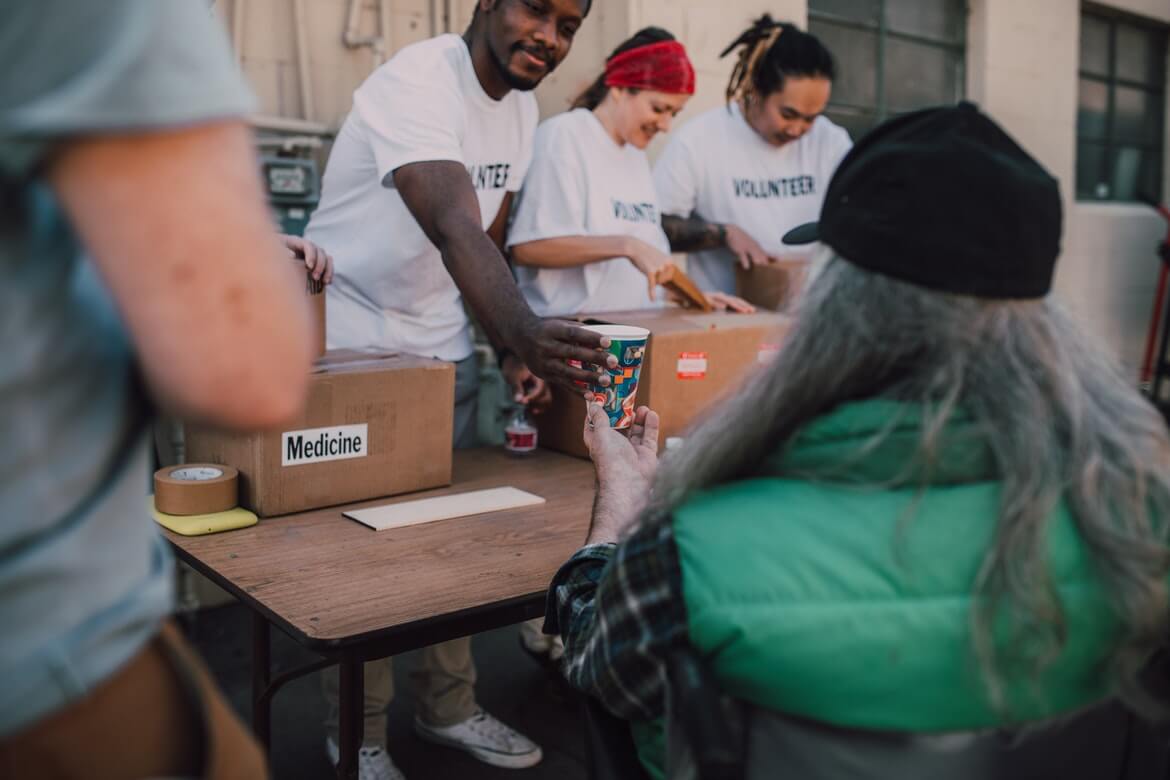James, a facilitator, recognized this and introduced a practical activity that allowed individuals to communicate their thoughts, emotions, and actions through the use of colors: Red for how we think, Blue for our feelings, and Green for what we do when we think. This simple yet profound exercise transcended language barriers and brought together a diverse group of participants. In this 700-word article, we delve into how this activity allowed asylum seekers and refugees to share their extraordinary journeys to England through drawings, providing a unique glimpse into their experiences.
The activity initiated by James is a testament to the transformative power of art and creativity. It recognizes that not all experiences can be adequately conveyed through words alone, and sometimes, visual representations can capture the essence of a journey, an emotion, or a thought more effectively.
The utilization of three colors – Red, Blue, and Green – to represent different aspects of the participants’ experiences is a brilliant and accessible concept. Red, symbolizing how we think, invites individuals to explore their cognitive processes, the thoughts that shape their perceptions, and the mental landscapes that guide them. Blue, representing feelings, taps into the emotional realm, giving participants a canvas to express the complex and nuanced emotions that accompany their experiences. Green, signifying what one does when they think, encourages participants to translate their thoughts and feelings into actions, illustrating the impact of their internal world on their external actions.
Each table receiving a piece of paper and the freedom to draw or write their thoughts based on the three color-coded steps provided a sense of autonomy and agency to the participants. It allowed them to choose their preferred mode of expression, whether it be through imagery or words, and fostered a sense of ownership over their narratives.
The sharing aspect of the activity is where the true magic unfolded. Participants coming from diverse backgrounds, including asylum seekers and refugees, had the opportunity to voice their experiences and insights in a safe and supportive environment. Through their drawings and writings, they transcended language barriers and communicated the profound stories of their journeys to England.
Asylum seekers and refugees often face harrowing challenges and life-changing decisions as they seek safety and a better future. These journeys are marked by uncertainty, danger, and resilience, and the individuals who embark on them carry with them a tapestry of thoughts and emotions. The activity allowed them to unravel these complex narratives through the medium of art.
The drawings shared by asylum seekers and refugees provided a poignant visual representation of their experiences. Some depicted perilous boat journeys, illustrating the treacherous waters and the uncertainty that accompanies such voyages. These drawings served as a powerful reminder of the risks these individuals take in pursuit of safety and a brighter future.
Others used their drawings to convey the emotional rollercoaster they experienced along the way. Blue, the color of feelings, was particularly evocative in these representations. Participants conveyed fear, hope, resilience, and determination through their art, allowing viewers to empathize with their emotional turmoil.
The activity also shed light on the coping mechanisms and actions taken by asylum seekers and refugees during their journeys. Green, representing what one does when they think, illustrated the resourcefulness and adaptability of these individuals. Some drew images of sharing food and shelter, while others depicted acts of kindness and solidarity among fellow travelers.
Importantly, the activity served as a platform for participants to share their stories in a non-confrontational and non-invasive manner. It created a space where individuals could choose what aspects of their experiences they wished to communicate, allowing for a sense of agency and control over their narratives.
The power of creative expression in healing and recovery cannot be overstated. Engaging in artistic activities has been shown to have therapeutic benefits, allowing individuals to process trauma, alleviate stress, and gain a sense of empowerment. For asylum seekers and refugees who have often experienced trauma and displacement, this activity offered an opportunity for catharsis and self-expression.
In conclusion, James’s practical activity, utilizing the three colors to represent thoughts, feelings, and actions, provided a unique and meaningful way for individuals, including asylum seekers and refugees, to share their journeys and experiences. Through art and creative expression, participants transcended language barriers and communicated the complexity of their thoughts, emotions, and actions. This exercise not only facilitated storytelling but also offered a therapeutic outlet for individuals who have faced adversity on their paths to safety and hope. It serves as a testament to the power of art in bridging gaps, fostering empathy, and allowing voices to be heard, even when words fail.







